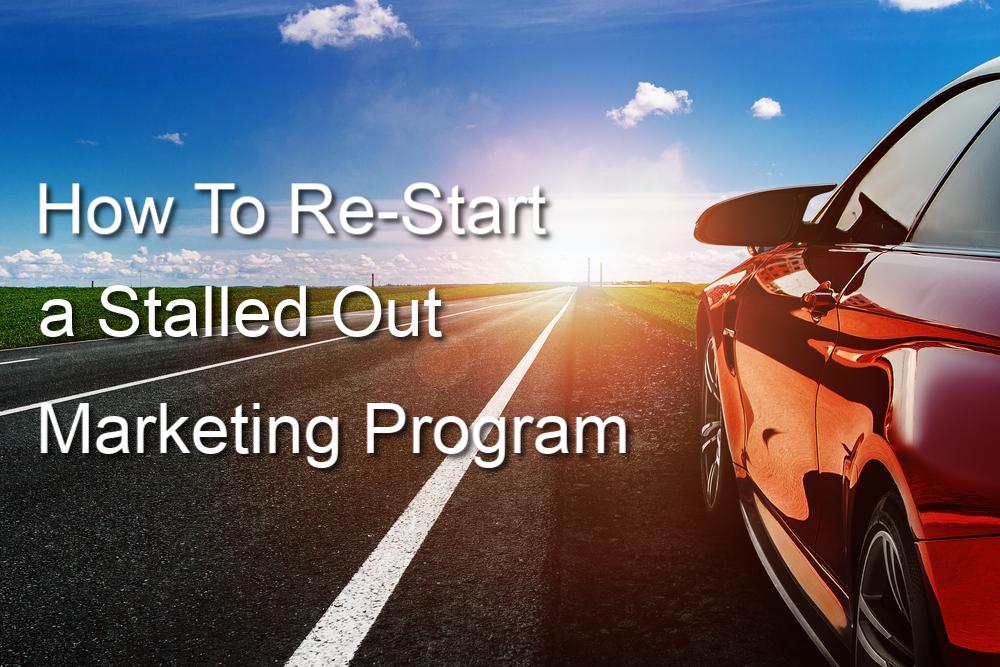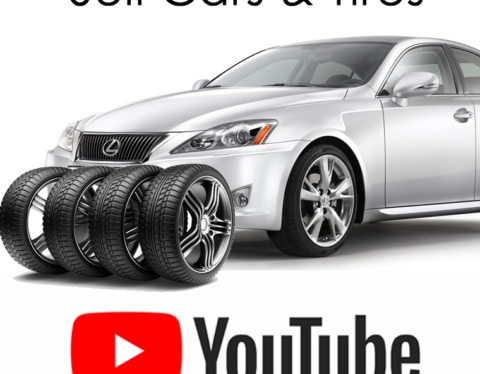If Covid-19, supply-chain, or personnel issues caused you to suspend your marketing program, these 4 steps will help you rebuild and execute a media campaign that will make your cash register ring.
But first, a trip back in time might help set the stage.
Within the ad community (at least with the old-schoolers), it’s common knowledge that William Wrigley Jr. attributed the success of his chewing gum empire to constant advertising.
Once, while traveling with a young accountant from his firm. While reviewing the figures, the young accountant said, “Sir, Wrigley’s gum is known and sold all over the world. We have a larger share of the market than all our competitors combined. Why don’t you save the millions of dollars you are spending and shift those dollars into the profit column?”
Wrigley thought for a moment and then asked, “Young man, how fast is this train going?” “About sixty miles an hour” replied the accountant. Wrigley then asked, “Why doesn’t the railroad remove the engine and let the train travel on its own momentum?”
Wrigley understood that when it comes to growing sales, nothing beats top of mind awareness. And the only way to achieve top of mind awareness is with a consistent, focused media program.
Now for the 4 steps to help you rebuild and relaunch your campaign:
1): Establish a budget and stick with it. It doesn’t have to cost a lot of money. A small but consistent schedule, with the right message, will make a positive impact over time.
Think of your campaign like a hot-air balloon. It takes energy and time for the flame to fill the balloon and set sail high over the trees. Once in flight, the balloon is easy to see. All too often, advertisers will shut off the flame that feeds the balloon. As soon as budgets are cut, the balloon will quickly fall back to the ground.
2): Focus your dollars. When planning your campaign, don’t fall into the trap of spreading yourself too thin. Many advertisers want to buy everything – TV, radio, direct mail, Internet, sports marketing programs, etc. Because they buy a couple ads in a lot of places, they think they’re covering the market.
This strategy doesn’t work. Too many people are reached with little to no repetition. Focus on a smaller group of people and make yours the name that pops into their head when they want what you sell.
3): Put your money where your market is. Find out which mediums your prized customers are consuming. Does the medium you’re considering deliver your targeted profile? If not, don’t waste your money.
4): Go where they ain’t. When buying media, you have two choices. (1) Be in the same places as your competitors and try to out-shout (or out-spend) them or, as the great Bill Bernbach once stated, (2) “Go where they ain’t.”
Find out where your competitors are spending their money, then place your ads elsewhere. Use a different radio or TV station, different time of day or use a different medium altogether. Imitation might be the greatest form of flattery, but it will not generate the results you want. If you look and act the same as your competitor, consumers have no reason to choose you.
Every advertising medium has strengths and weaknesses. Your decision of where to spend your dollars should be based on your goals, trading area, target market and budget.
While virtually any medium can drive traffic, you’ll find the greatest response from what you use consistently, provided you take the time to craft a message that truly benefits the consumer.




